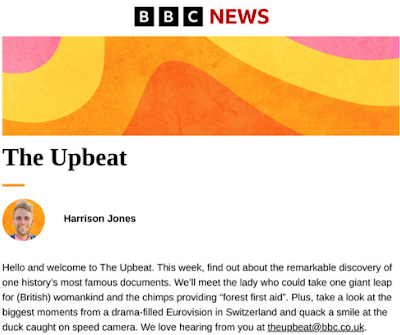➦In 1901...Ed Gardner born (Died of liver failure at age 61– August 17, 1963). He was a comic actor, writer and director, best remembered as the creator and star of the radio's popular Duffy's Tavern comedy series, which he created in 1941.
He found fame on radio with Duffy's Tavern, portraying the wisecracking, malaprop-prone barkeeper Archie. The successful radio program aired on CBS from 1941 to 1942, on the NBC Blue Network from 1942 to 1944, and on NBC from 1944 to 1951. Speaking in a nasal Brooklyn accent, and sounding like just about every working class New Yorker his creator had ever known, Gardner as Archie invariably began each week's show by answering the telephone and saying, "Duffy's Tavern, where the elite meet to eat, Archie the manager speaking, Duffy ain't here—oh, hello, Duffy."
Duffy the owner never appeared, but Archie did, with Gardner assuming the role himself after he could not find the right actor to play the role. Regulars in the tavern included Duffy's airheaded, man-crazy daughter, droll waiter Eddie, barfly Finnegan and Clancy the cop. The daughter was played by several actresses but began with Shirley Booth, Gardner's first wife, with whom he remained friends even after their 1942 divorce.
Gardner also brought radio directing experience to Duffy's Tavern. He had previously originated the Rudy Vallee-John Barrymore radio show and directed shows for George Burns and Gracie Allen, Bing Crosby, Ripley's Believe It or Not, Al Jolson and Fanny Brice. In addition, Gardner was one of the show's writers and its script editor in all but name, though he had a staff that included Abe Burrows, Sol Saks, Parke Levy, Larry Rhine and Dick Martin. He was notorious for hiring as a writer anyone who sounded funny to him in passing, but Gardner ultimately had the final say on each show's script. In 1949, hoping to be able to take advantage of Puerto Rico's income-tax-free status for future media ventures, Gardner moved his radio show there.
➦In 1932...The radio program 'Vic and Sade' made its debut on NBC Blue Network. It was created and written by Paul Rhymer. It was regularly broadcast on radio from 1932 to 1944, then intermittently until 1946, and was briefly adapted to television in 1949 and again in 1957.
It was the the second daytime dramatic serial on network radio. Radio’s first daytime drama was Clara Lu and Em, which premiered on NBC in 1931.
During its 14-year run on radio, Vic and Sade became one of the most popular series of its kind, earning critical and popular success: according to Time, Vic and Sade had 7,000,000 devoted listeners in 1943. For the majority of its span on the air, Vic and Sade was heard in 15-minute episodes without a continuing storyline. The central characters, known as "radio's home folks", were accountant Victor Rodney Gook (Art Van Harvey), his wife Sade (Bernardine Flynn) and their adopted son Rush (Bill Idelson). The three lived on Virginia Avenue in "the small house halfway up in the next block
➦In 1947..."Strike It Rich" made its debut on CBS Radio. It was a game show that aired radio and television from June 29, 1947, to December 27, 1957 on CBS and NBC.
People in need of money (such as for medical treatment or a destitute family) appeared and told their tale of woe, then tried to win money by answering four relatively easy questions. Each player would be given $30 and bet any of their bankroll on answering each question after being given the category. If the contestant didn't win any money, the emcee opened the "Heart Line", which was a phone line to viewers who wished to donate to the contestant's family.
The radio series aired on CBS from 1947 to 1950. On May 1, 1950, the show moved to NBC until December 27, 1957. Todd Russell was the host from 1947 to 1948, followed by Warren Hull. The television series premiered May 7, 1951, on CBS's daytime lineup and ran until January 3, 1958, including a prime time version from July 4, 1951, to January 12, 1955.
Some applauded Strike It Rich for helping out some less fortunate people, as well as showcasing the sincere charity and goodwill of viewers who donated through the Heart Line. Others found it a sickening spectacle that exploited the less fortunate.
➦In 1951...Bill Stern aired his last 15-minute program of sports features for NBC radio. Stern had been with NBC for 14 years. He later moved to ABC and Mutual to finish out a colorful sportscasting career.
















































